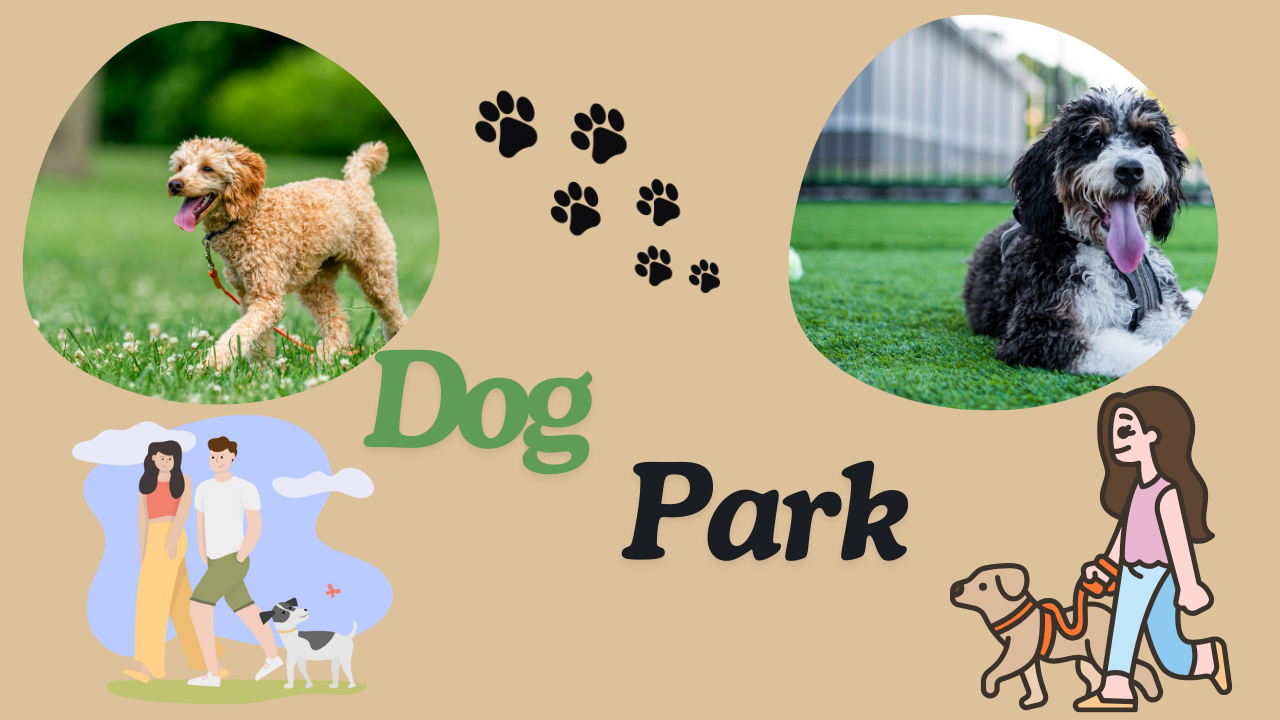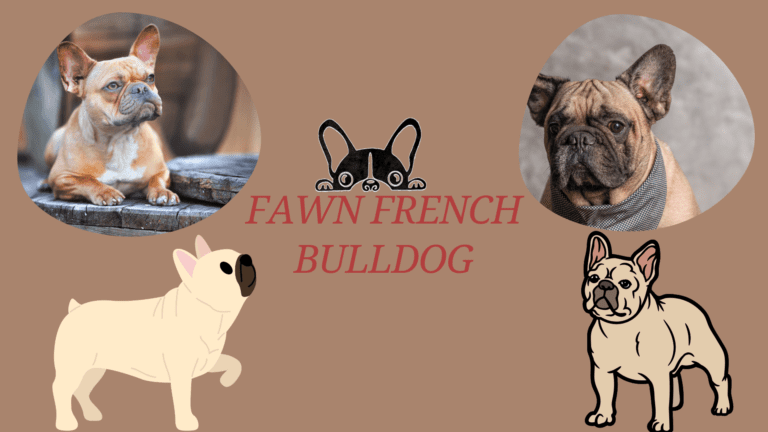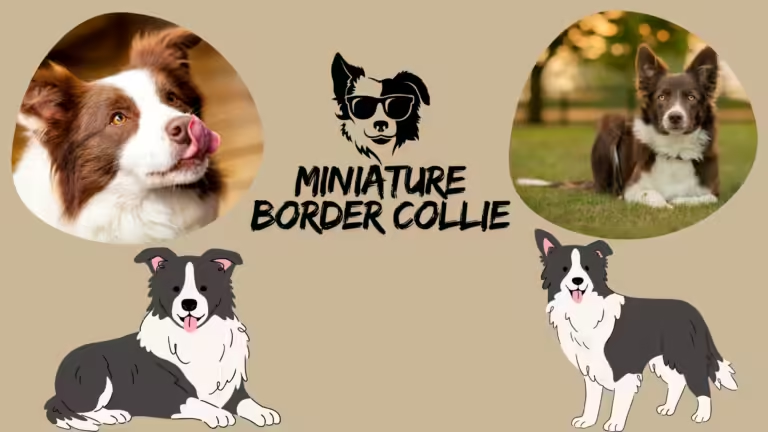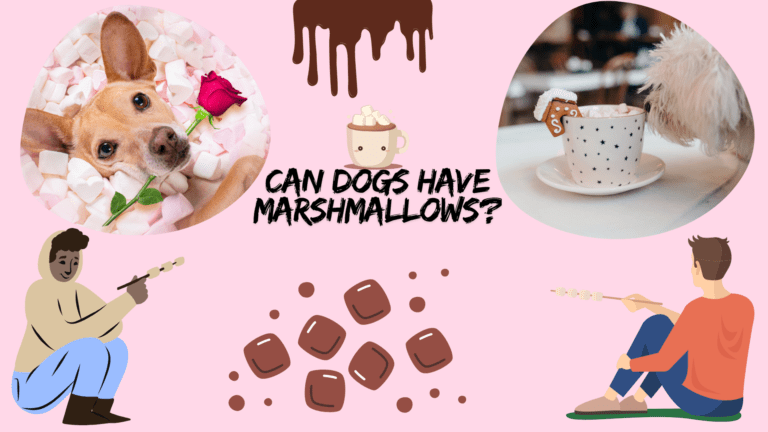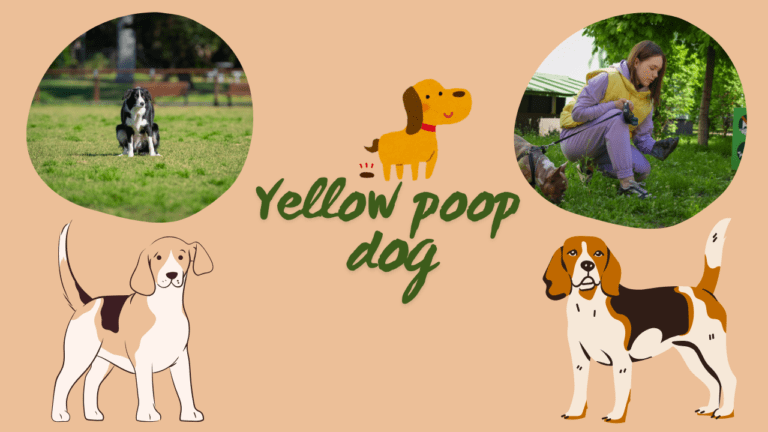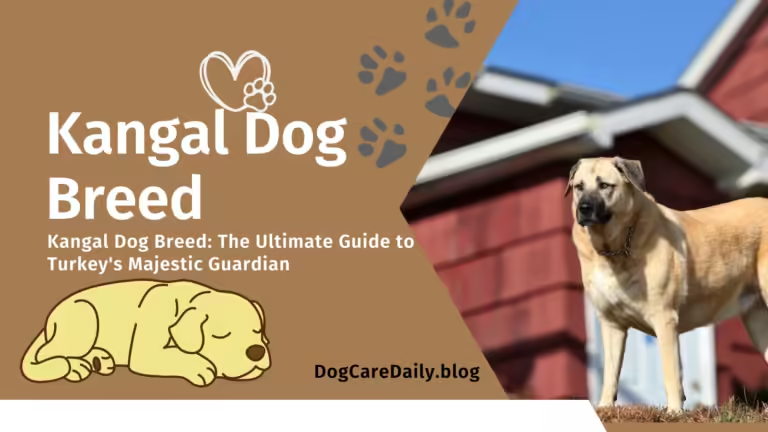8 Essential Dog Park Etiquette Tips for a Safe and Enjoyable Visit
Dog parks can be quite an amazing opportunity for your dog to socialise and perhaps just play around and burn off over-excess energy. But it’s also a place that can quickly turn chaotic if the rules and etiquette are not followed. There are some do’s and don’ts of behavior that should be well understood in any dog park to keep safe and happy both dogs and owners.
Is Your Dog Ready for the Dog Park?
Before actually taking him there, determine if your dog is ready for the dog park. Not all dogs are bred for crowds and chaos of a dog park.
- Vaccinations and Health: Only healthy, fully vaccinated dogs should be put in a dog park. Puppies under 16 weeks of age, as well as dogs with current illnesses, are more vulnerable to illnesses and injuries.
- Socialization: A socialized dog knows how to play the rules. Using a dog park for socialization is a poor mistake-it’s for dogs that know the rules.
- Basic Obedience: The dog should respond reliably for all commands, including recall. A wild dog may engage in fights or auto accidents.
Dogs with a history of aggression, intact bitches in heat or entire males are better exercised elsewhere.
Avoid Bringing Young Children
While dogs and kids can be wonderful playmates, they do not necessarily go well together at the dog park. Dogs in play mode might inadvertently knock a child down, or they spasmodically frolic since running kids may be perceived as some form of prey drive stimulation. Take your little rascals inside or to another playground while your dog enjoys its off-leash time.
Entering the Dog Park: The Right Way
The entrance to the dog park often is one of the hottest spawning grounds for tensions between the canines. Here’s how to avoid problems:
- Off-Leash Entry: If the park is designated an off-leash area, take your dog off his leash before bringing him into the play zone. Dogs on leash often feel confined, which can trigger defensiveness or aggression.
- Wait for a Clear Path: If a herd of dogs has gobbled up the entrance, just wait till they open it up for you to go in. If necessary, you can also ask other owners to send their dogs away to clear out the congestion.
- Size-Appropriate Areas: Most dog parks have sections for little and big dogs. It’s usually a good idea to bring your dog to a section suitable for its size to avoid any potential sizing mismatch in size and strength.
Monitor Your Dog’s Behavior
Once your dog is inside the park, you should maintain high vigilance. A dog park is a dynamic setting and even the most friendly dogs may, at times, resort to excessive play-fighting or have conflicts.
- Supervision is Key: Your Responsibility You are liable for your dog’s behavior. When playing becomes too rough, intervene to restrain the dogs involved. A vigilant owner can often diffuse potentially injurious situations easily.
- No Phone Zone: Resist the urge to mindlessly scroll through your social media feeds or catch up with other dog owners-this is the time to focus on your dog. Your top priority is to keep them safe and to observe their interactions.
Clean Up After Your Dog
Picking after your dog is not only meant to keep the park clean but also a sign of respect to other visitors and proper hygiene. Even if most dog parks have disposal booths, no individual should go there without a stash of bags for his or her own use, should these booths run out.
Avoid Bringing Toys
Toys at the dog park encourage possessive or attacking play. If your dog is a resource guarder, don’t bring his favorite toy along. Even if your dog is not a guarder, other dogs will fight over their toys. This presents more opportunities than you may ever want for interrupting dogfights.
When It’s Time to Leave
Leaving is as important as arrival, at least. If your dog appears to have had enough or bored, or irritated with the other dogs or any stimulus, it is time to go. Once your dog becomes overly stimulated or acts aggressively, it’s time to head out of the park and avoid letting the conflict brew up into a raging flare.
Be Responsible for Your Dog’s Actions
You will also be held liable if your dog injured another dog or human being. Etiquette at any dog park, apart from preventing problems does also mean how to handle the problem in case it arises. You are also expected to provide first aid treatment to the victim and ensure that the problem does not recur again.
FAQs About Dog Parks
Q: How do I know if my dog is ready for a dog park?
Ensure your dog is healthy, well socialized, all vaccinations up to date, and has a good recall before taking your dog to the dog park. To help prepare your dog, consider reading our Ultimate Guide to Dog Training at Home, which provides tips to ensure your dog is well-behaved and ready for social environments.
Q: Can I bring my puppy to the dog park?
A: No, not till puppies are 16 weeks, among other reasons, since their immunity to diseases is fairly low at this age.
Q: Should I bring my dog’s favorite toy?
A: Not usually. Dogs get into resources and become possessive; usually, fights result.
Q: What should I do if my dog starts fighting?
A: Step in immediately and separate the dogs. If the situation is severe, it’s best to leave the park for the day.
Q: How can I avoid aggressive encounters at the dog park?
A: Pay attention to your dog’s behavior and body language, and keep them away from dogs that exhibit signs of aggression.
Q: Is it okay to bring food or treats to the dog park?
A: It’s best to avoid bringing food to the dog park, as it can trigger resource guarding or cause dogs to become overly focused on the food rather than playing.
By following these basic guidelines, you can ensure that your dog park experience is safe, fun, and enjoyable for everyone involved. Whether you’re a seasoned dog park-goer or a first-timer, practicing proper etiquette is crucial in fostering a positive community for dogs and their owners.

